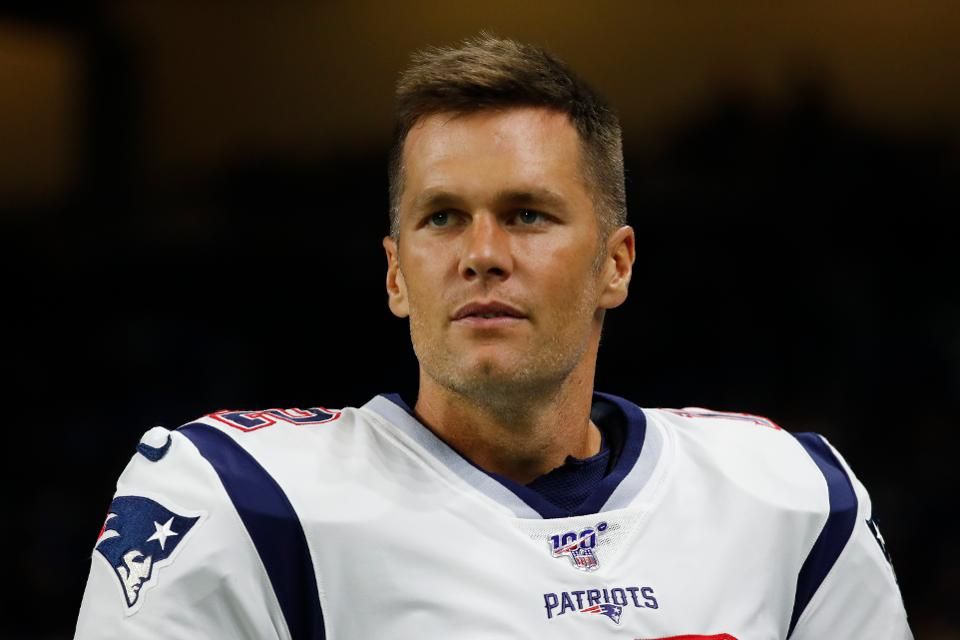Error In The Trademark Office Over Tom Brady's Trademark Application
It is a little unfortunate that the media frenzy over Tom Brady’s trademark application is serving to reinforce numerous public misconceptions about the trademark registration process. So let us briefly put things in perspective, so that businesses with legitimate trademark interests do not needlessly shy away from the system:
A “refusal” by the Trademark Office is more common than not, even for marks which are eventually granted registration.
Registration is not a requirement to trademark rights in any case (a crucial issue, but a route we will not run again right now).
The decision is one decision by one of the randomly assigned attorneys from among the league of literally hundreds of lawyers (over 500 and counting) who work in the Trademark Office and examine new trademark applications. Most often, these lawyers do not make significant mistakes, but with over two million applications currently pending, and hundreds of thousands of new applications filed each year, mistakes in judgment happen. When they do, these types of initial refusals are frequently withdrawn—often by the same lawyer who issued them.
A very substantial percentage of trademark applications are refused in the first examination. Refusals of trademark applications could be based on a finding that the public would likely confuse the new application with a previously existing application or registration. So if a consumer today were to see collectible trading cards, sports trading cards, posters, printed photographs, or t-shirts and shorts featuring the name “Tom Terrific,” they would have to be likely to believe Tom Seaver was the source. Maybe that would happen. But the Trademark Office needs to offer some proof of this hypothesis, not just an unsupported finding by one trademark lawyer.
It does businesses no good—especially those with minimal experience dealing with the Trademark Office—to believe that the system is just that arbitrary. It is not.
This refusal is truly exceptional. Usually, the Trademark Office will refuse registration if an application interferes with another prior registration. Refusals are not typically based on personal judgments sourced from personal knowledge or beliefs. However, the Examiner in this case did not offer any evidence. If this initial Trademark Office refusal were to be challenged or appealed, it would have to almost certainly be overturned, because this refusal is not supported by any facts. It may be a stretch to think any significant percentage of the public today would associate the nickname “Tom Terrific” with a ballplayer who last laced up his spikes with the Red Sox 33 years ago. This refusal is highly exceptional.
The trademark registration system is not simple. But one strike does not make an “out” in the U.S. Patent and Trademark Office any more than on the diamond.
Tom Brady may not pursue this issue because of the negative publicity. He said as much, even well before this refusal was issued. Doubtless he and his team are competitive enough to fight if that is what they want to do. That fight would demonstrate how the trademark registration system can be lengthy and expensive, especially if the Examiner’s first decision needs to be challenged. Many an application has just been left abandoned because the trademark owner is not prepared to, or cannot afford to, fight. In fact, a first refusal is just like a first down play in football. Sometimes, success comes on second down, often on third down and sometimes even on fourth down.
“I don’t think ‘This Sick Beat’ is descriptive of Christmas stockings,’” Sprigman observes.
By the way, the name “Tom Terrific” was the name of a cartoon character, last owned (according to the Trademark Office records) by CBS. No doubt that is where the nickname originated—not with the Mets, White Sox, Reds or Red Sox clubhouse.

